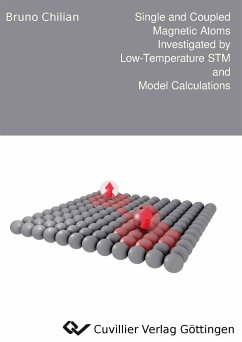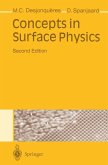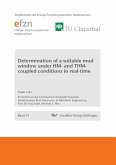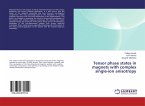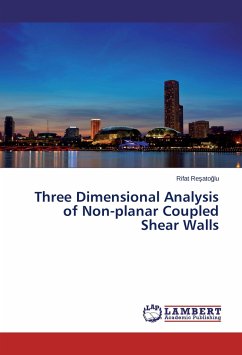Spin-sensitive low temperature Scanning Tunneling Microscopy (STM) measurements provide the unique capability to study structural, electronic and magnetic properties of individual and coupled magnetic atoms on surfaces with high energy resolution. In this thesis, spin-polarized STM (SP-STM) and Inelastic Scanning Tunneling Spectroscopy (ISTS) are utilized to investigate Fe atoms on the semiconducting InSb(110) surface and the metallic Cu(111) and Ag(111) surfaces. Model calculations of tunneling through an excitable quantum spin system and analytical investigations of the model, as well as quasi-classical and Ising model calculations of coupled spin systems prepare the ground for the theoretical description of the experiments. The ISTS measurements of Fe on InSb(110) are the first observation of spin excitations of individual magnetic atoms on a semiconductor surface. By comparing the experimental data to Density Functional Theory (DFT) calculations performed by S. Schuwalow and F. Lechermann and to model calculations, it is found that the Fe atoms behave like quantum spins with spin quantum number S = 1, which are subject to magnetic anisotropy in the meV range. The Fe atoms are coupled to a two dimensional electron system (2DES) which is induced at the surface by positively charged adsorbates. The spectroscopic peaks of the spin-split Landau levels of this 2DES show an asymmetry of their amplitudes when the tunnel current is passed through the Fe atoms. It is shown that the Landau level asymmetry, recorded as a function of external magnetic field, can be interpreted as a new type of Single Atom Magnetization Curve (SAMC). Measurements of the Landau level asymmetry with magnetic tips can be used to quantitatively determine the spin polarization of the tip. SP-STM measurements of the SAMCs of single Fe atoms on Cu(111) show that the Fe atoms behave paramagnetically with a broad statistical distribution of the effective magnetic moment, centered around 3.5 ¿B. ISTS measurements on the same system reveal a magnetic anisotropy energy in the meV range, a g-factor of about 2.1, and a very broad, energy dependent spin-excitation line width in the meV range. Analogous ISTS measurements of Fe on Ag(111) show similar behavior, but with a three times larger anisotropy energy, and a g-factor of roughly 3.1. The observations can be interpreted in the context of advanced calculations including spin-orbit coupling and the Cu/Ag(111) surface state performed by S. Lounis et al..

